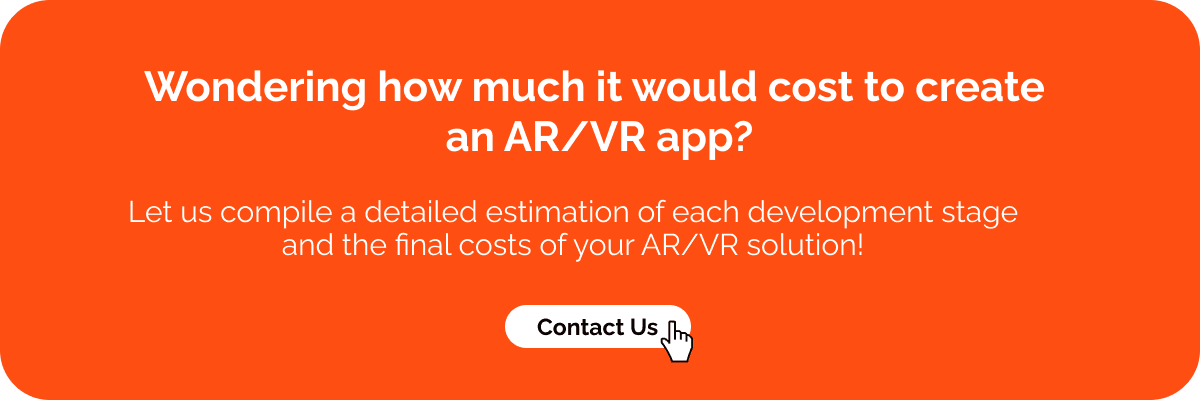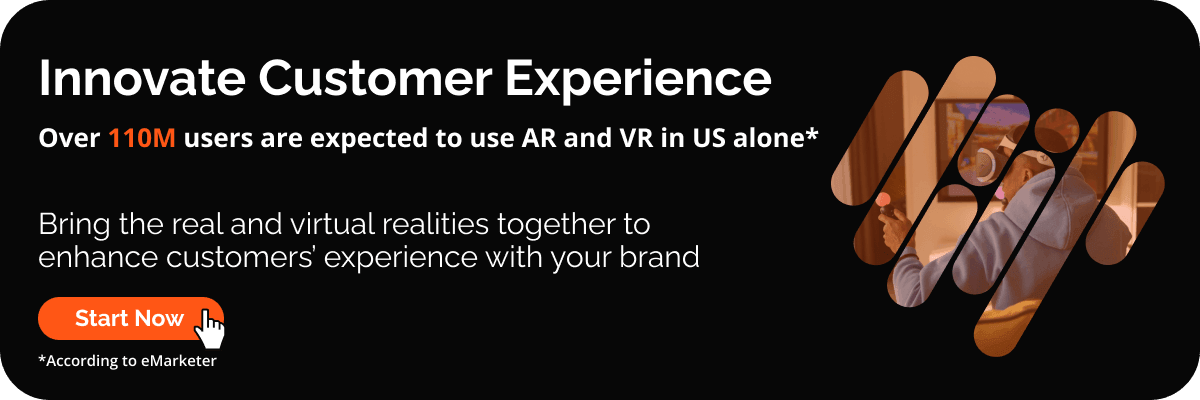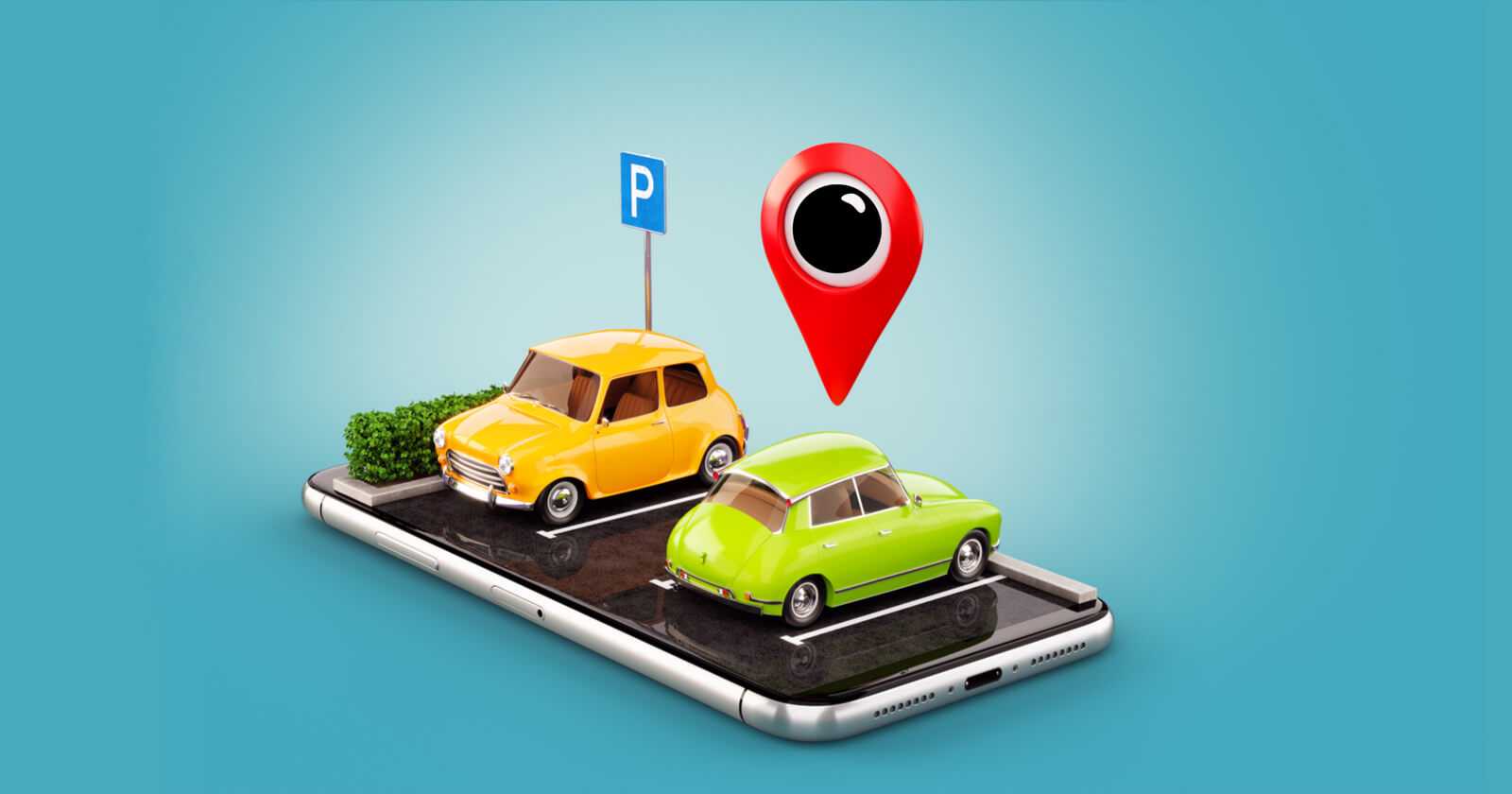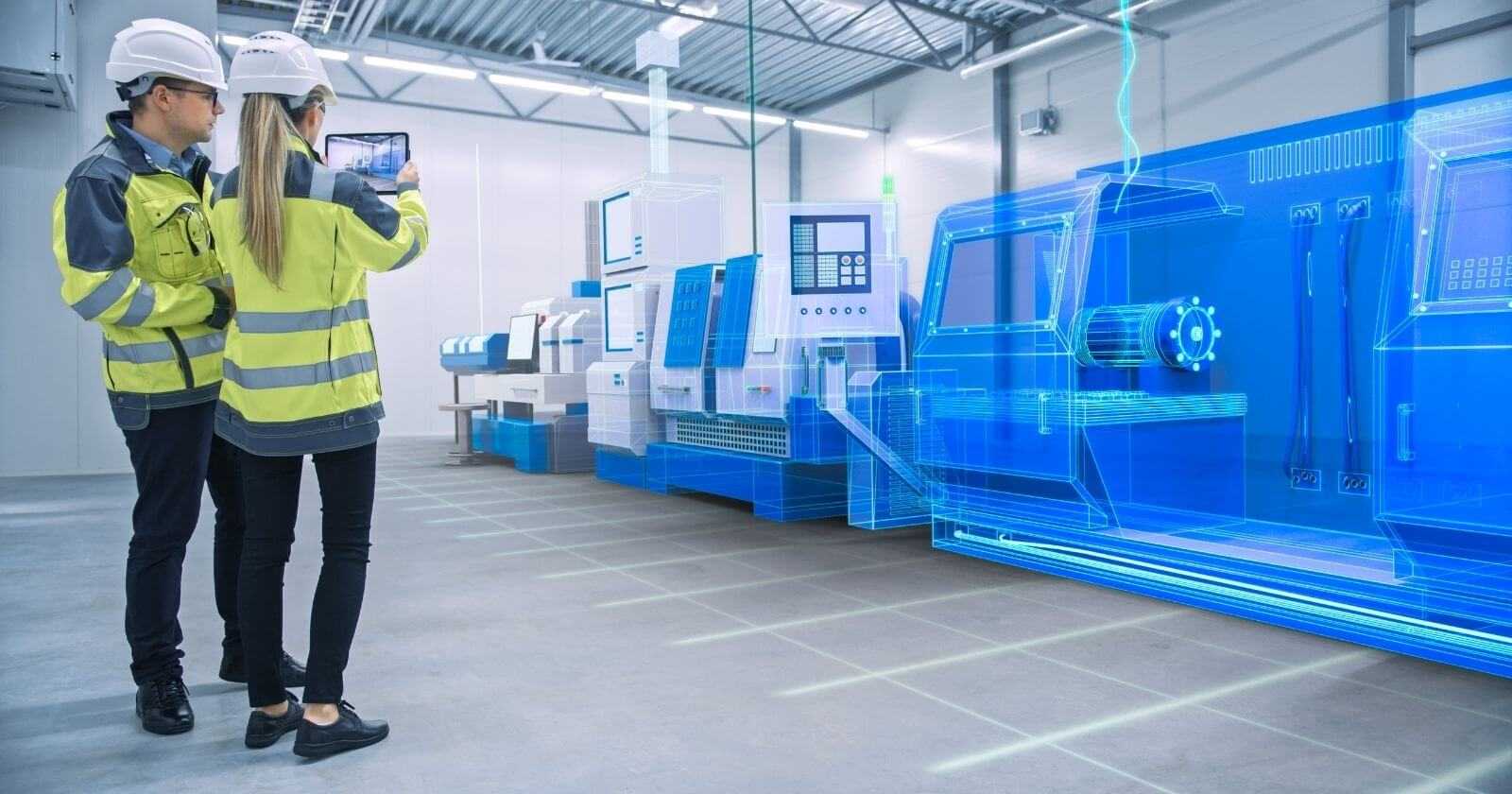In the conditions of globalization and increased competition, businesses in the online shopping industry are constantly looking for new ways to gain advantages over competitors. In such conditions, the tools of artificial intelligence and extended reality play an important role and open new opportunities for business development. Namely, exceed competitors, improve sales, and increase the loyalty of existing and potential customers.
In this article, we will review successful examples of VR and AR in e-commerce, prompt the app development steps, and highlight the necessary features of your future application. At last, you will acknowledge the benefits of such a solution for your business.
Why E-Commerce?
Experts predict that by 2027, the e-commerce market will be worth $27.15 trillion with around 14.7 percent CAGR. That’s an impressive amount, isn’t it? It’s no wonder that according to recent statistics presented by 99firms, 72.9% of the e-commerce market share is occupied by mobile commerce, and 51% of users make online purchases from cell phones, not from a PC.
With this in mind, an e-commerce app no longer raises the question “Why?”. It is already a common thing for businesses that want to reach a new level and improve their services. VR and AR applications allow the implementation of the best of e-commerce: comfort, visualization of goods, and the ability to “touch” the goods before buying them.
Benefits of VR and AR Applications in E-Commerce
The buying process can be quite simple and fun. Such a result can be achieved thanks to augmented and virtual reality technologies.

Let’s see how businesses can benefit from the implementation of these solutions!
#1. Try Before Buying
Customers get the opportunity to try a product before buying. Each of the buyers wants to test the good, and consider it from all sides to make sure it is worth buying. In the past, it was possible only when coming to the store. But with augmented and virtual reality, customers can perform all the desired product manipulations without getting up from the sofa. All they need is to download an application and choose the desired product.
#2. Increase Brand Awareness
AR ecommerce solutions form a better brand perception and build stronger marketing. Implementation of said technologies can boost your brand, and make it modern, advanced, innovative, and interesting. Consumers always want to go back to those companies that have taken care of them and provided them with the best experience of using their services. This increases the loyalty of customers and their inclination to buy your products.
#3. Appeal to New Customers
Developing extended reality solutions in e-commerce is a great way to attract a new generation of consumers. Generation Y and Z is difficult to surprise with anything. VR and AR in ecommerce will help to create exactly that WOW effect and will attract more attention from buyers. Besides, since they are the ones who set the trends for the consumption of certain items, then to surprise them is the right and only way to increase the purchase of company products.
#4. Intensify Consumer-Product Connection
XR apps create an emotional interaction between the client and the product. Presentation of goods in extended reality in e-commerce increases consumer engagement, makes the shopping experience more memorable, gives users emotions, and surprises them. This is exactly what they look for among the endless choice of goods and services.
Read also: What is Interactive App and Why It Matters for Your Business
Learn how interactive applications can boost your business
#5. Optimize Supply Chain
The difference between AR/VR applications and showrooms or stores is their ability to contain an infinite number of products, despite their size and availability. There is no need to spend on rent and maintenance of space, the salaries of consultants and sellers, and logistics. All you need to do is to create an application, fill it with a whole range of products, and take care of the user experience within an e-commerce app for your customers.
How to Build eCommerce App With AR/VR in 6 Effective Steps
If all of these factors have convinced you to develop a mobile ecommerce app with augmented or virtual reality, the next thing you should do is consider the app development stages.

1. Define goals and performance indicators for your e-commerce application.
You need to have a clear understanding of where your business is now:
- Do you make a profit?
- What is the conversion of sales?
- What about the customer loyalty index?
Based on your answers to these questions, you need to set goals that your application will help to achieve. For example, you can define the percentage of traffic that you wish your company should bring on a monthly basis. And what is the share of mobile traffic here?
It is also important to determine your KPIs and know how to measure them.
2. Describe your target audience in detail.
Knowing who you are going to sell to, you can better configure the marketing application and focus only on the things you need to develop. You should collect all the information about your customers: their age, hobbies, habits, favorite products/stores/websites, etc.
3. Choose the technology stack for e-commerce application development.
There are 4 possible options: native apps, cross-platform apps, hybrid apps, and progressive web apps.
- Native apps are developed for a specific OS: Android or iOS. They support a wide range of functions that the phone can offer. Such apps provide the best performance and possible security, effective device resource usage, good for offline, and online. But at the same time, they are more expensive to develop and maintain, and hard to patch and support for multiplatform. To develop a native application for iOS, it is necessary to use the Objective-C and Swift languages, for Android – Java or Kotlin.
- Cross-platform apps are developed for multiple platforms at the same time, sharing the same codebase. So they are more cost- and time-effective, and do not require hiring a separate developer for each platform. Though such apps lack compatibility with native devices’ features and are less performant compared to native apps. The most popular frameworks for cross-platform development are React Native, Flutter, and Xamarin.
- Hybrid apps are not popular these days as their user experience and performance are quite poor, but they are cheap. The most widely used technology for hybrid app development is Ionic.
Read more: How Much Does It Cost to Make an App for Business?
Check out the comprehensive guide on app development cost
- Progressive web apps are web applications that are regular web pages or websites but appear to the user as traditional applications. They run on all platforms and are inexpensive, quick, and easy to develop and support. However, such apps have limited offline functionality, a little bit worse security, and are harder to monetize.
So, at this stage, compare in detail the advantages and disadvantages of each technology and choose the most appropriate one according to your goals and requirements. If you are not an expert in this sphere, make sure to use professional help by outsourcing your VR project development.
4. Develop a list of requirements and necessary features for your e-commerce app.
At this stage, it is a good practice to write a technical specification where all the future app functionality will be described. You can choose the next features:
- Push notifications are a feature that is responsible for regularly sending users advantageous offers, new products, and messages.
- Geolocation allows you to show personalized messages for users from some locations; and calculate the exact delivery price depending on the distance of the buyer from storage.
- A shopping cart is a way to quickly order several products at once.
- A wishlist helps to repeat a previous purchase and save desired products.
- Multiple payment options increase the usability of the application by the user and are one of the must-have features in any app.
- Social integration is a way to receive and distribute feedback from buyers and advertise your product to their friends;
- A rating system is an easy method of sending feedback and evaluating of goods.
- Advanced search is a convenient search system that provides navigation in a wide range of products and filters.
- App analytics provides research and evaluation of your products and services that will help to develop a more profitable marketing strategy in the future.
- Personalized content is responsible for increasing customer loyalty, and the maximum compliance of the offered products with their interests and tastes.
- A compensation and bonus system is an element of gamification, that will be an additional motivating factor for customers to use the application.
- Native experiences are intuitive interface, easy navigation, simplified menu, compliance with the principles of visual hierarchy, comfortable display of goods and filters, easy registration, and filling out forms.
5. Create a budget based on the required features and used resources and select the desired process.
Determine how much you are willing to invest in your application and choose the most appropriate app development process for you: develop a bespoke application, or make use of an off-the-shelf SaaS solution. A bespoke app is designed to be used by each platform separately. SaaS works in any browser on any device without any difference in performance.
6. Build an effective marketing strategy.
Each new application requires effective promotion, which will be the way to increase downloads, views, and purchases of products.
Read more: An Interactive VR Whiteboard for Virtual Meetings
Find out how to create engaging virtual reality business meetings
This is approximately the path you will have to overcome when developing an application for e-commerce.
“If you want to maximize results, it’s not enough to just preach – you have to set a good example.”
Ingvar Kamprad, IKEA founder
There seem to be a lot of challenges and misunderstandings, but look up to the best on the market. Being one of the first or standing behind the competition is a choice that every business has to make.
Best Examples of AR Implementation in E-Commerce Apps
Every business niche can benefit from innovative technologies these days. Augmented reality proves to make the biggest profits for retailers.

Here is how certain e-commerce niches can benefit from mobile app development.
AR in the Furniture industry
IKEA was one of the first who decided to build AR app and be one step ahead of the competitors. It allows consumers to see how the furniture fits in the interior before buying. People, who have purchased a new house and are engaged in its furnishing usually, find it difficult to imagine what a sofa or a closet will look like in space.
Thanks to the AR furniture app, users can easily place furniture in the house, move it from place to place, rotate it, change some furniture to another one, and so on. Such testing helps a person to better understand what exactly they want to buy and emotionally attracts them in the process of choosing the product.
AR in the Fashion industry
A good example of the AR embodiment when buying clothes is the Zeekit application. It allows consumers to try on an outfit right on their phones. Users have the opportunity to try their favorite clothes on the models that best suit their parameters, or take their own full-length photo and upload it to the application. This is a great opportunity to check if you are looking good in a particular clothing or color without a physical presence in the store.
AR in the Household Appliances industry
Hisense Home AR app has the function of recommending the most suitable product to users, such as a refrigerator or washing machine, only by measuring the available space. The products are displayed in real size, color, and material, and the range is as follows: TVs and sound panels, refrigerators, washing machines, and dryers from Hisense. A bonus is an opportunity to take a photo of the products in AR that the client has placed at home, and share this photo on social networks.
Read more: Interactive 2D/3D Graphics for Web Projects
Discover WebGL capabilities your business can benefit from
Visartech Experience
As fans of the most creative technological solutions, we used an opportunity and created an ecommerce app in AR and VR.
AR Kitchen Builder

One of our notable projects is the AR Kitchen Builder. It’s a kitchen planner application created with augmented reality technology that allows consumers to design the cooking area of their dream. Besides, it is easy to use and feels real. In the selected room, users can easily place the necessary furniture and appliances in real-time. It makes the process of furnishing the rooms as convenient and fast as possible.
Thanks to AR Kitchen Builder, the cost of kitchen renovation was reduced by 70%, and the sales cycle became 10 times faster.
Chainsaw Assembly

Chainsaw Assembly was developed as a demo of the Husqvarna Chainsaw Assembly simulation for the HTC Vive headset specifically for a special VR event. It’s a simulation of the main parts of chainsaws. A user can assemble the whole device using special hints. Such a solution can be easily replicated for constructing any other 3D model.
We believe it is an important example as VR applications for hardware stores should definitely look like this one. Having such a solution, people will be able to gain experience using different tools without leaving home, view the required product from all sides, and compare it with the equivalent one without even picking it up.
The advantages of such application development are as follows:
- faster sales cycle,
- lower costs for the maintenance of the store and staff,
- WOW-effect and increased customer loyalty.
Conclusions
Extended reality is not a distant future. This is our present, and it’s fascinating. There is so much a person can do without leaving home, just by downloading the application or having a headset. And the power of technology will continue to develop, especially in e-commerce – a market with huge potential and opportunities.
We live in a highly competitive world and the winner is the one who is not afraid of new experiments and continuously expands their opportunities. The utilization of VR and AR in ecommerce is a direct path to success that creates an inclusive customer experience, where each user feels special and gets a new exciting adventure.
Need to strengthen your market positions? Let’s develop an e-commerce app with XR touch!





